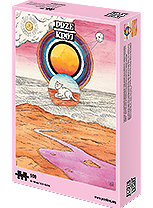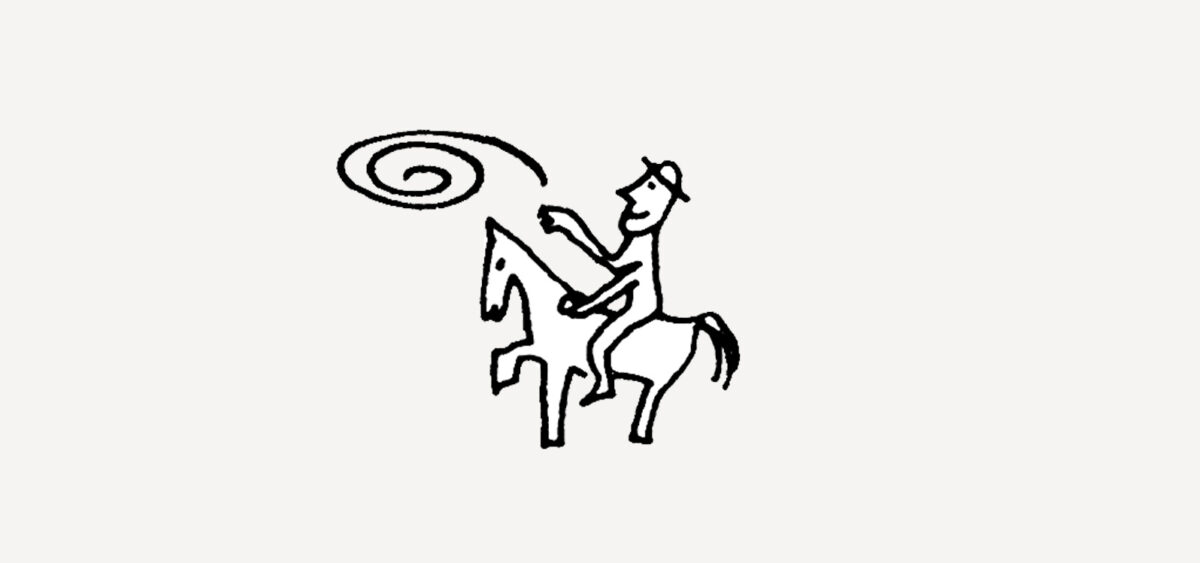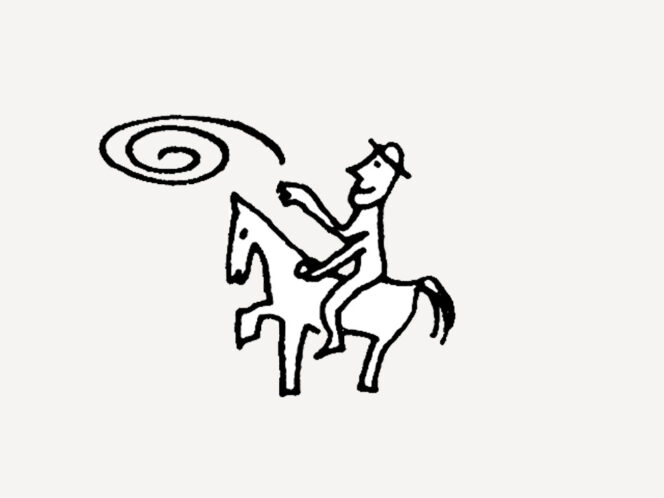
“Words divide, pictures unite,” Otto Neurath liked to say. So this text probably shouldn’t be a text. After all, can letters really describe the opus magnum of the Austrian visionaries?
“How long animals live” is written in the upper left corner. Under it begins a line that runs from left to right. Then it twists around, comes back, and repeats this several times. It’s a timeline. It runs from zero, reaching 10 years at the first turn (20 at the second, 30 at the third, etc.). On it you can see the outlines of animals, each of which is captioned. They’re also differentiated by colour. The red ones are the mammals; the birds are black, the other vertebrates are blue, and the invertebrates are yellow. The infographic portrays a total of 40 animals, running from the shortest-lived insects to the giant tortoise, which lives 150 years.
This description is imperfect in many respects. It would have to be quite a bit longer to transmit all the information contained in the infographic. There isn’t a single word about how long a hippopotamus lives, that a swan lives twice as long as a canary, or that the longest-living of the birds mentioned is the goose. Nor is this writing especially clear or accessible. Not to mention that the original can only be understood by people who speak Polish, which significantly limits its audience. Everyone, or almost everyone, knows what an elephant looks like. For the vast majority of people, the Polish word S-Ł-O-Ń means absolutely nothing.
A method of transmitting information that frees us from dependence exclusively on letters, words and sentences was invented in the 1920s by Otto and Marie Neurath. The two scientists took up the task of creating a universal visual








